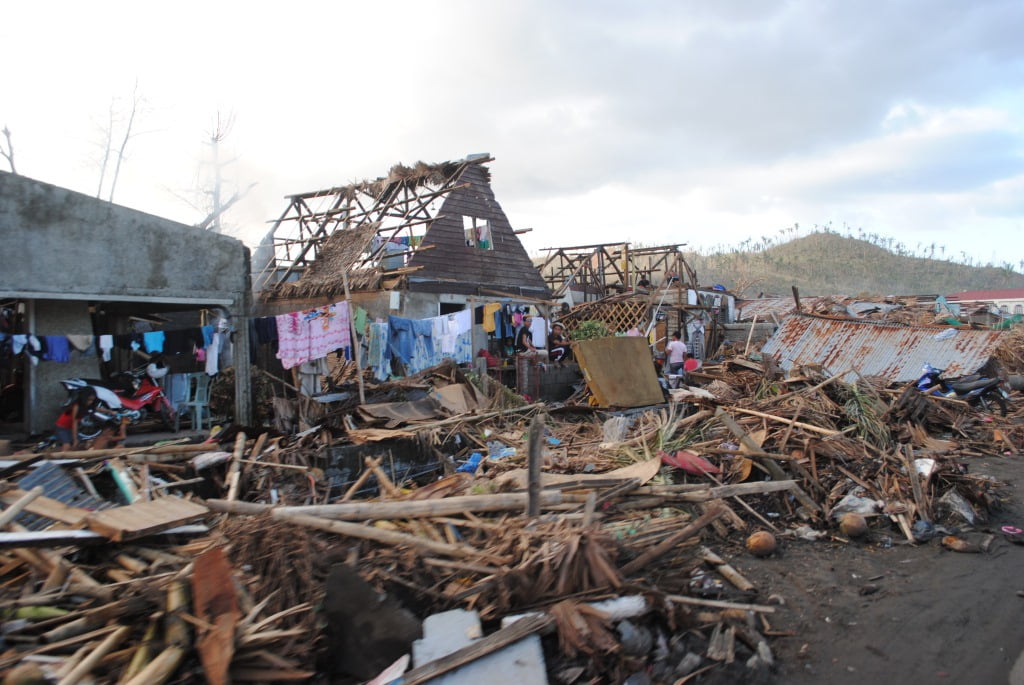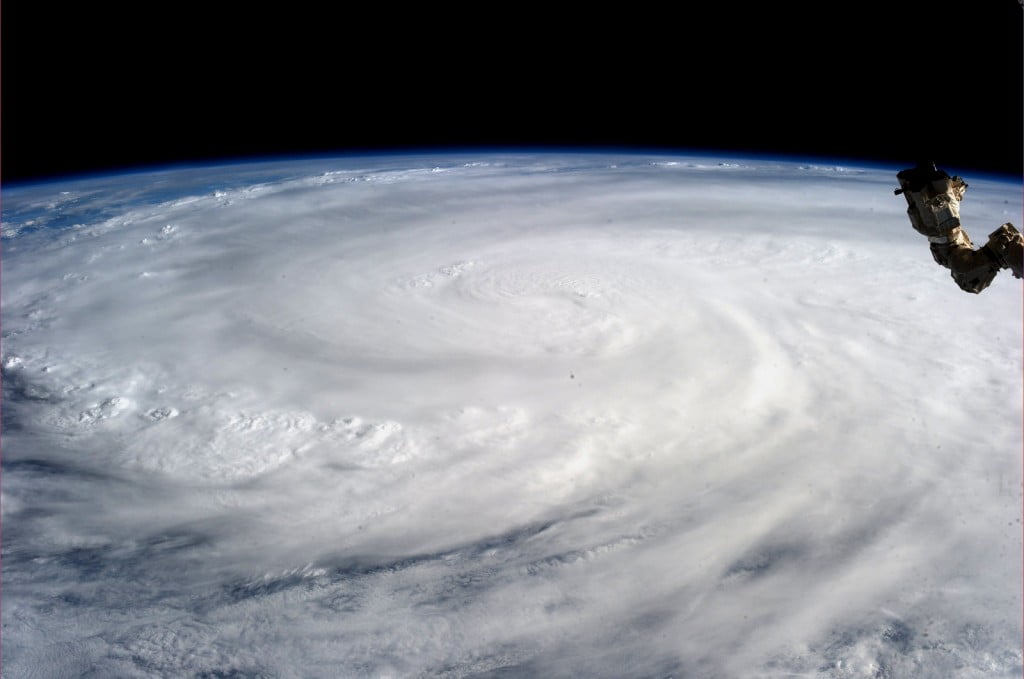Israel is sending assistance to the areas in the Philippines devastated by Typhoon Haiyan. Teams from IsraAID, an NGO committed to providing life-saving disaster relief and long term support, are currently on their way to the region.
Typhoon Haiyan is the strongest recorded tropical cyclone in history, with wind speeds up to 315 km/h (195 mph). By Tuesday, officials had counted 1,774 of the bodies, but say that number may just be scratching the surface. They fear Haiyan may have taken left as many as 10,000 dead. According to the United Nations, the typhoon has displaced at least 800,000 people, with many left without food, clean water, or medical aid.

Everywhere, people are trying to dry their soaked clothes. Photo Credit: Arlynn Aquino EU/ECHO, Leyte, Philippines, November 2013
Providing food and shelter
Other organizations in Israel have also begun gathering donations to assist the hundreds of thousands who lost their homes and belongings in the disaster. “We are planning to open several donation spots throughout Israel,” Natasha Slavachevsky, Managing Director at the Israel-Asia Chamber of Commerce, tells NoCamels.
“At the request of local authorities, we are collecting ready-to-eat dry foods, pillows, blankets, clothing and tents. We have also published the bank account details for all of the organizations operating in the field, such as The Red Cross, and they will be happy to accept donations,” says Slavachevsky.
Assistance in the hardest places

Huge piles of debris litter the roads making access to rual communities in Leyte very difficult. Photo Credit: Arlynn Aquino EU/ECHO, Leyte, Philippines, November 2013
A day after Typhoon Haiyan churned through the Philippine archipelago in a straight line from east to west, rescue teams struggled to reach far-flung regions, hampered by washed-out roads, debris and fallen trees. Fears have been growing as some of the water supply is contaminated and makeshift camps will quickly become overcrowded.
Since 2001, IsraAID has been helping people all over the world overcome extreme crises and has provided millions with the vital support needed to move from destruction to reconstruction.
To view a list of all the organizations assisting in the relief effort, click here
Featured photo: NASA astronaut Karen Nyberg took the picture of Typhoon Haiyan from the International Space Station. Credit: NASA
Related posts

Rehabilitation Nation: Israeli Innovation On Road To Healing

Israeli High-Tech Sector 'Still Good' Despite Year Of War





Facebook comments